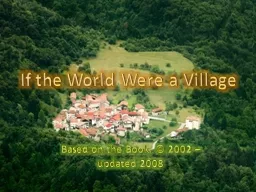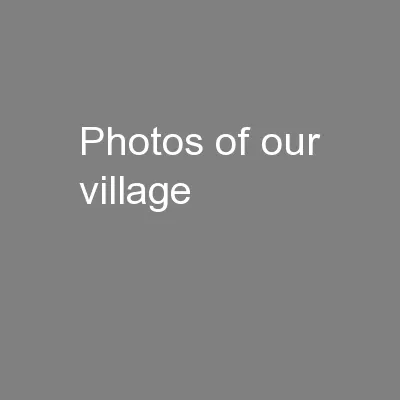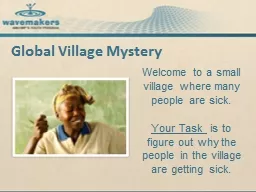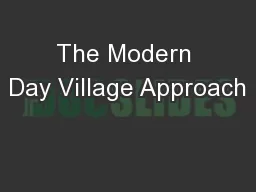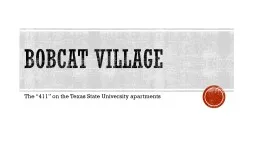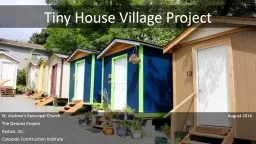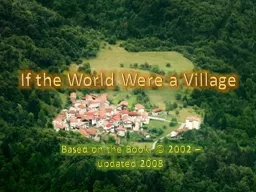PPT-If the World Were a Village
Author : conchita-marotz | Published Date : 2018-09-17
Based on the Book 2002 updated 2008 The Problem Demographics uses many large numbers from which forming a mental picture is quite difficult World Population 2008
Presentation Embed Code
Download Presentation
Download Presentation The PPT/PDF document "If the World Were a Village" is the property of its rightful owner. Permission is granted to download and print the materials on this website for personal, non-commercial use only, and to display it on your personal computer provided you do not modify the materials and that you retain all copyright notices contained in the materials. By downloading content from our website, you accept the terms of this agreement.
If the World Were a Village: Transcript
Download Rules Of Document
"If the World Were a Village"The content belongs to its owner. You may download and print it for personal use, without modification, and keep all copyright notices. By downloading, you agree to these terms.
Related Documents

